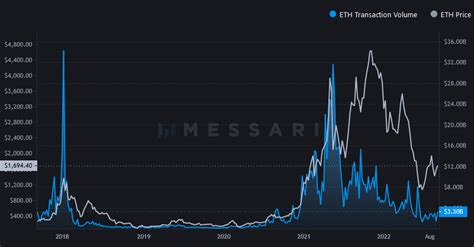“Decentralized Finance (DeFi) and Cryptocurrency (Crypto) Explained: A Guide to the ERC-20 Token”
In recent years, the world of finance has undergone a significant transformation, thanks in part to the rise of decentralized technologies. One area that has gained immense popularity is blockchain-based applications, specifically those built on top of cryptocurrency and DeFi protocols. In this article, we will delve into the basics of crypto, gas, DeFi, and ERC-20 tokens, providing an overview of their importance and use cases.
What is Cryptocurrency?
Cryptocurrency is a digital or virtual currency that uses cryptography for security and is decentralized, meaning it’s not controlled by any government or financial institution. The most well-known cryptocurrency is Bitcoin (BTC), but other popular options include Ethereum (ETH) and Litecoin (LTC). Each cryptocurrency has its unique features, use cases, and advantages.
What is DeFi?
DeFi stands for Decentralized Finance. It refers to a system of financial services that operate on blockchain technology, providing access to traditional banking services without the need for intermediaries. DeFi protocols enable users to lend, borrow, invest, and trade assets in a more efficient and secure manner.
ERC-20 Token
The ERC-20 standard is an open-source token standard created by Ethereum Labs (Ethereum). It allows developers to build and deploy their own blockchain-based applications using the Ethereum framework. ERC-20 tokens are used as a medium of exchange, store of value, and can be traded on various exchanges.
How Does ERC-20 Work?
ERC-20 tokens are built on top of the Ethereum network and operate based on several key principles:
- Tokenomics: The total supply of an ERC-20 token is capped at 100 million.
- Smart Contract: The ERC-20 standard requires smart contracts to manage the creation, transfer, and trading of tokens.
- Decentralized Exchange (DEX): ERC-20 tokens can be exchanged on decentralized exchanges like Uniswap or SushiSwap.
Gas
Gas is a unit of measurement for the computational effort required to execute a transaction on a blockchain network. It’s essentially a measure of how much time and resources are needed to validate transactions. Higher gas prices indicate more complex transactions, which can lead to slower transaction processing times.
How Does Gas Work?
Here’s an example of how gas works in practice:
- Transaction Creation: A user wants to transfer ERC-20 tokens from one wallet to another.
- Gas Costs Calculation: The blockchain network calculates the gas costs based on the complexity of the transaction (e.g., number of transactions, data size).
- Gas Fee Payment: The user pays the calculated gas fee to the network to confirm the transaction.
Conclusion
Cryptocurrency, DeFi, and ERC-20 tokens have revolutionized the financial world, offering a more secure, transparent, and efficient way to conduct transactions. Understanding these concepts is essential for anyone looking to dive into the world of blockchain-based applications. As the DeFi ecosystem continues to grow, it’s crucial to stay up-to-date with the latest developments and technologies shaping this space.
Additional Resources:

- Ethereum.org (Ethereum website)
- CoinMarketCap (Coin market data platform)
- Decentralized Finance (DeFi) Whitepaper
- ERC-20 Token Documentation
Note: This article is a simplified explanation of complex topics. If you’re new to blockchain and cryptocurrency, it’s essential to educate yourself thoroughly before diving into these areas.

